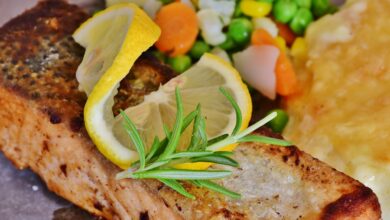Shrimp: benefits and side effects to the body
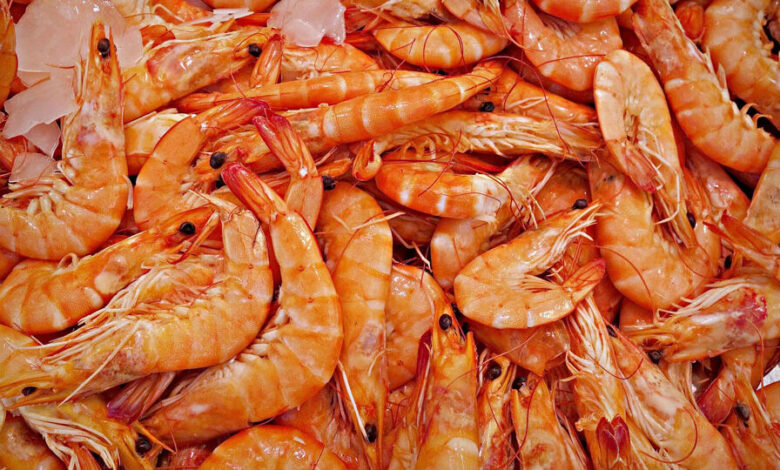
Shrimps are crustaceans that live not only in the seas around the world, but also in fresh water. They are considered an important source of protein and beneficial vitamins. We talk about who should add shrimp to their daily diets, and who should refrain from eating them.
types of shrimp
All shrimp are divided into marine and freshwater. Some species are grown on farms. In total, there are more than 2,000 types of shrimp, but we will list the most common ones in our stores. In addition, they different mainly in size, colour and, not so significantly, in taste. Some species reach 30 cm, but mostly smaller shrimp are found.Note that lobsters, lobsters, etc. also belong to crustaceans, but are not shrimp.
Black Sea (Baltic) shrimp

The Black Sea (Baltic) shrimp is a species of shrimp that is found in the Black Sea and the Baltic Sea. It is known for its sweet and delicate flavor, and is often used in dishes such as salads, pasta, and soups. The species is not as well known as other types of shrimp, but it is highly valued by seafood enthusiasts for its unique taste and texture.
Atlantic (northern) shrimp, or chilli
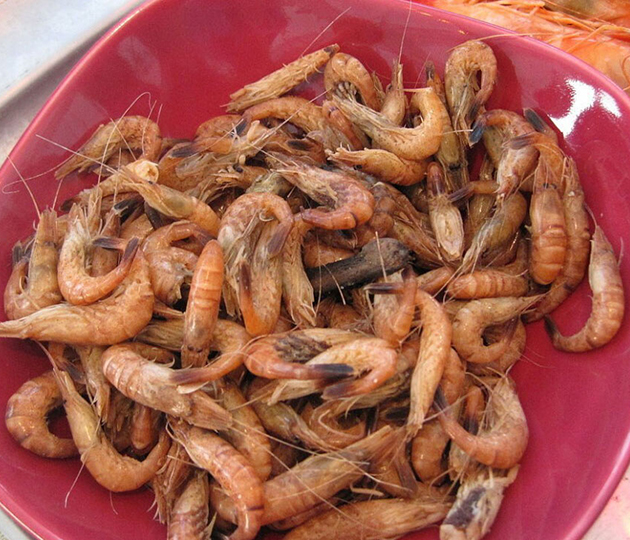
Small shrimp with elastic, sweetish pink meat. The Atlantic shrimp carries caviar under its belly, so you can often find individuals with caviar on sale. This type is very common in many stores, and is quite budgetary compared to others. Most often sold boiled and frozen. Chilim is mainly added to other dishes – pates, meatballs and salads.
Tiger shrimp
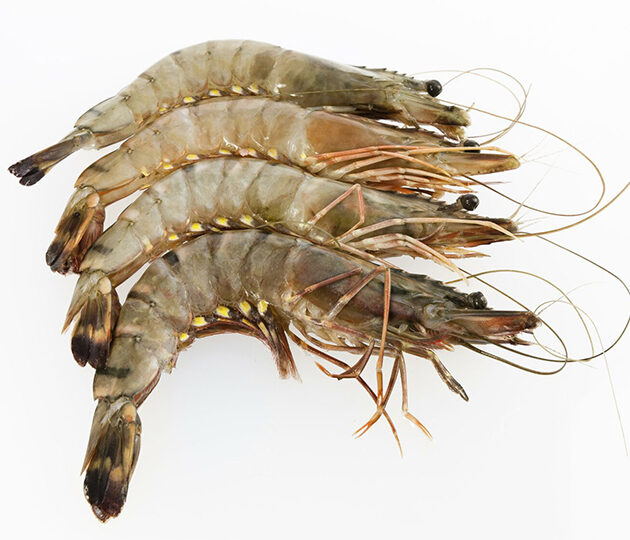
Tiger shrimp, also known as giant tiger prawn or Asian tiger shrimp, is a species of large saltwater shrimp native to the Indo-Pacific region. It is named for its distinctive black and white striped pattern on its shell. Tiger shrimp is prized for its meat, which is considered to be of high quality, and is often used in dishes such as stir-fries, curries, and grilled or fried preparations. The species has also become an invasive species in some areas, causing harm to local ecosystems and commercial fishing operations.
king prawn
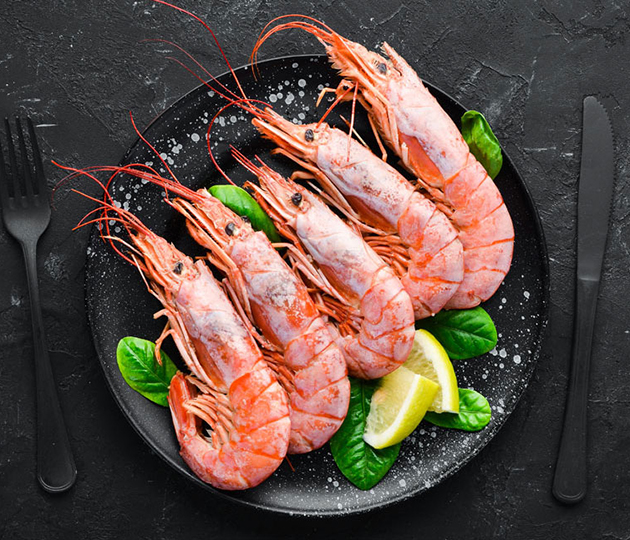
King prawn is a common name for a large species of saltwater shrimp, often used in the seafood industry. This species is typically caught in the wild and is highly valued for its sweet and tender flesh. King prawns are popular in many cuisines and are often prepared in dishes such as stir-fries, curries, salads, and as a main ingredient in appetisers or main courses. The specific species of shrimp referred to as “king prawn” may vary depending on the region and the local seafood industry
The history and appearance of shrimp in nutrition
Shrimp have been a part of the human diet for thousands of years and have been consumed by cultures all around the world. The exact origins of shrimp consumption are unclear, but it is believed that ancient cultures in the Mediterranean and Asia were among the first to harvest and consume the seafood. Shrimp have been depicted in art and writings from ancient civilisations and were considered a delicacy by the wealthy.
In terms of appearance, shrimp are small, segmented crustaceans with a distinctive, curved shape and a translucent body. The size of shrimp can range from less than an inch to over a foot in length, and they are often found in a variety of colours, including pink, red, brown, and grey.
In terms of nutrition, shrimp are low in calories and fat, but high in protein and many essential vitamins and minerals. They are an excellent source of omega-3 fatty acids, which are essential for heart health, and also contain vitamins B12 and D, as well as minerals such as iron and zinc. However, they can also contain high levels of cholesterol and sodium, so they should be consumed in moderation as part of a balanced diet.
This is a low-calorie product, considered an excellent dietary meat. Shrimp are high in protein and low in fat. High concentration of iodine, vitamins and fatty acids.
| Calorie content per 100 g of tiger shrimp | 89 kcal |
| Squirrels | 19.2 g |
| Fats | 0.6 g |
| Carbohydrates | 0 g |
The benefits of shrimp
Shrimp offer several health benefits, including:
- High in protein: Shrimp are an excellent source of protein, which is essential for building and repairing tissues in the body.
- Low in calories and fat: Shrimp are low in calories and fat, making them a great option for those who are trying to manage their weight.
- Rich in vitamins and minerals: Shrimp contain important vitamins and minerals, including vitamin B12, vitamin D, iron, and zinc.
- Good for the heart: Shrimp are a rich source of omega-3 fatty acids, which have been shown to support heart health by reducing inflammation and improving cholesterol levels.
- Supports brain health: The omega-3 fatty acids found in shrimp have also been linked to improved brain health and cognitive function.
- Promotes bone health: Shrimp are a good source of calcium, which is important for maintaining strong bones.
It is important to note that some species of shrimp can contain high levels of cholesterol and sodium, so it’s best to consume them in moderation and as part of a balanced diet.
Shrimp side effects
While shrimp can provide several health benefits, there are also some potential side effects to be aware of:
- Allergic reactions: Some people may be allergic to shrimp, which can cause symptoms such as hives, itching, and difficulty breathing.
- High in cholesterol: Shrimp contain cholesterol, and consuming too much can increase the risk of heart disease in some individuals.
- High in sodium: Some species of shrimp can be high in sodium, which can lead to high blood pressure and an increased risk of heart disease for those who are sensitive to sodium.
- Mercury contamination: Shrimp, like other seafood, can contain mercury, which is a toxic heavy metal. Consuming large amounts of mercury can lead to health problems, especially for pregnant women and young children.
- Environmental concerns: Shrimp farming can have negative impacts on the environment, including the destruction of mangroves and the spread of disease to wild populations of shrimp and other seafood.
It is recommended to consult with a healthcare professional before making any significant changes to your diet, especially if you have any underlying health conditions.
The use of shrimp in cooking
Most often, shrimp are sold in shell. Boiled-frozen is enough to scald with boiling water, raw must first be thawed and quickly boiled or fried. It is important not to overdo it, otherwise the meat will become “rubber”. The shell is easier to remove from the finished shrimp.
In large shrimp, it is better to remove the intestinal vein that runs along the top of the back – it can spoil the taste.
Pasta with shrimps in creamy sauce
Gourmet dinner or hearty lunch. Any shrimp of your choice will do.
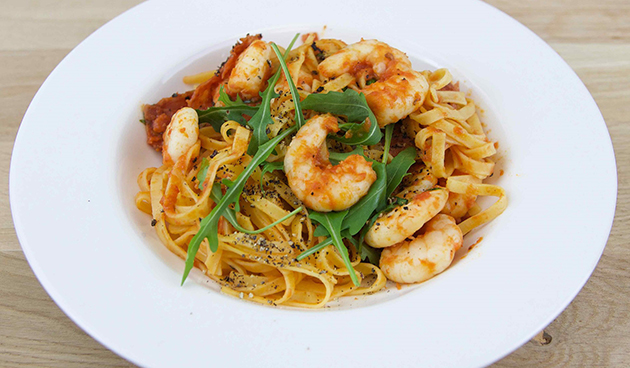
| Shrimps (thawed and peeled) | 300 g |
| Pasta broad or spaghetti | 300 g |
| Bulb onions | 1 PC. |
| Garlic | 3 cloves |
| Bulgarian pepper | 1 PC. |
| Tomato | 1 PC. |
| Olive oil | 2 tbsp. spoons |
| Cream (above 20%) | 100 ml |
| hard cheese | 50 g |
| Salt pepper | taste |
In a deep frying pan or saucepan, heat the oil, fry the chopped onion and garlic. Add the tomato, peeled and finely chopped. Fry until soft.
Pour 2 cups of water, add spices, put pasta (dry) and cook over low heat for 10 minutes. Add cream, simmer another 5 minutes. Lastly, add raw peeled shrimp and simmer for 7 minutes. Sprinkle with finely grated cheese before serving.
Salad with shrimp
Light exotic salad. Medium-sized shrimp are more suitable

| Shrimps | 150 g |
| Avocado | 1 PC. |
| Cherry tomatoes | 12 pcs. |
| lettuce leaves | half beam |
| Garlic | 2 cloves |
| Olive oil | 3 art. spoons |
| Salt, pepper, lemon juice | taste |
Boil the shrimp, remove the shell. Wash vegetables and fruits.
Tear the lettuce leaves with your hands and place in a bowl. Cherry cut in half. Remove the skin from the avocado and cut into cubes. Add cooled shrimp to bowl and stir.
Prepare dressing – mix salt, pepper, oil and 3 tablespoons of lemon juice. Add crushed garlic. Drizzle dressing over salad and toss gently before serving.
How to select and store shrimp
Here are some tips on how to select and store shrimp:
Selection:
- Look for shrimp that are firm and have a moist, not slimy, texture.
- The shells should be tightly attached to the body and not discoloured or cracked.
- The aroma should be fresh and mild, not fishy or sour.
Storage:
- Fresh shrimp should be stored in the refrigerator at a temperature of 40°F or below.
- If the shrimp are already cooked, they should be stored in an airtight container and consumed within 2 to 3 days.
- If the shrimp are raw, they should be stored in a plastic bag with a damp paper towel to keep them moist and consumed within 1 to 2 days.
It is important to handle shrimp properly to ensure that they remain fresh and safe to eat. Be sure to thoroughly wash your hands and any surface that comes into contact with raw shrimp to reduce the risk of food-borne illness.
Popular questions and answers
How many shrimp can you eat per day?
No more than 100-120 grams of shrimp should be consumed daily, – recommends Julia Lerner.
What happens if you eat shrimp often?
An excess of shrimp in the diet contributes to the development of atherosclerosis due to the high cholesterol content in the product.
During the acute phase of diseases of the gastrointestinal tract (cholecystitis, pancreatitis, gastritis, gastroenteritis), as well as during an exacerbation of gout, shrimp should be excluded from the diet, as they will provoke an exacerbation of these diseases.
Can pregnant and lactating women eat shrimp?
– Pregnant and lactating women can eat shrimp only if there were no negative reactions to seafood before pregnancy. In this case, shrimp are safe for the female body and the unborn child. Moreover, shrimp, unlike other seafood, contain the least amount of mercury, are rich in vitamins and useful trace elements.
However, shrimp should be consumed with caution, as during pregnancy, serious hormonal changes occur in the body, and allergies can develop to any type of food, says Julia Lerner.
